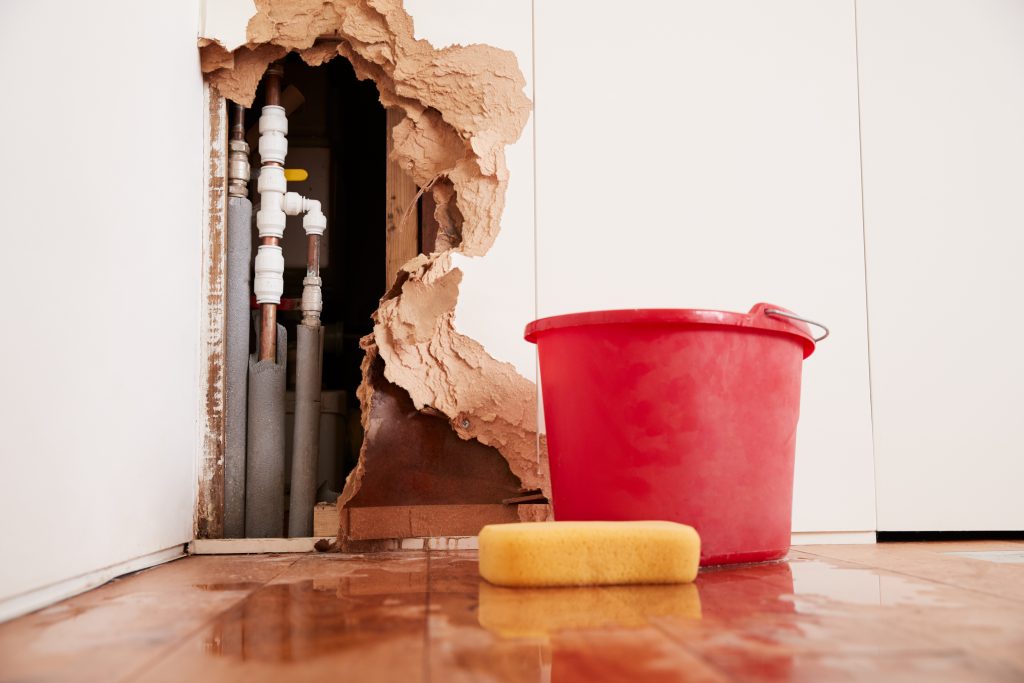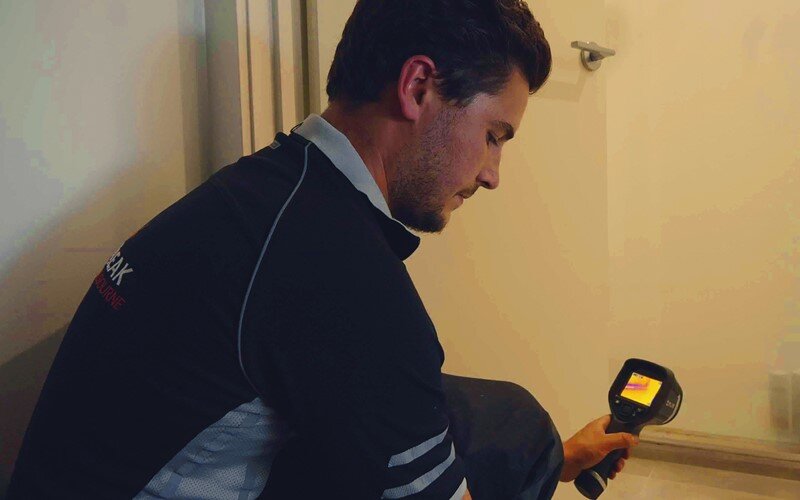Guide To Water Leak Detection In The House
Guide To Water Leak Detection In The House
Blog Article
Just about everyone maintains their own unique way of thinking about Leaking water lines.

Early discovery of leaking water lines can reduce a potential calamity. Some tiny water leakages may not be noticeable.
1. Analyze the Water Meter
Every residence has a water meter. Inspecting it is a surefire manner in which helps you find leaks. For starters, switch off all the water sources. Make sure nobody will certainly flush, utilize the tap, shower, run the washing device or dish washer. From there, go to the meter as well as watch if it will certainly transform. Since nobody is using it, there must be no activities. If it moves, that indicates a fast-moving leak. If you discover no modifications, wait a hr or two as well as examine back once again. This means you may have a slow leak that might even be below ground.
2. Inspect Water Consumption
If you spot unexpected adjustments, in spite of your intake being the same, it indicates that you have leakages in your plumbing system. An unexpected spike in your costs indicates a fast-moving leak.
At the same time, a steady boost each month, despite the exact same behaviors, reveals you have a slow leak that's likewise slowly intensifying. Call a plumber to thoroughly examine your residential or commercial property, especially if you feel a cozy location on your flooring with piping beneath.
3. Do a Food Coloring Test
When it concerns water consumption, 30% comes from commodes. Examination to see if they are running appropriately. Decrease specks of food shade in the tank and also wait 10 mins. There's a leak in between the container as well as dish if the color in some way infiltrates your bowl throughout that time without flushing.
4. Asses Outside Lines
Don't fail to remember to examine your outdoor water lines as well. Test faucets by affixing a garden hose. Ought to water leak out of the link, you have a loosened rubber gasket. Change this and also make sure all links are limited. It will help get it skillfully took a look at as well as maintained annually if you have actually obtained a sprinkler system. One tiny leakage can squander tons of water and also increase your water expense.
5. Assess the situation and also inspect
House owners must make it a practice to check under the sink counters as well as also inside cabinets for any type of bad odor or mold and mildew growth. These two warnings show a leakage so prompt attention is needed. Doing regular inspections, also bi-annually, can conserve you from a significant problem.
Inspect for discolorations as well as weakening as a lot of home appliances and also pipes have a life span. If you believe leaking water lines in your plumbing system, don't wait for it to escalate.
Early discovery of leaking water lines can alleviate a possible disaster. Some small water leakages might not be noticeable. Checking it is a surefire method that assists you uncover leakages. One little leak can waste lots of water and also increase your water costs.
If you suspect leaking water lines in your plumbing system, don't wait for it to escalate.
How to Know If Your Home Has a Hidden Leak
Water Meter Reveals Inexplicable Water Usage
If you’d like to test whether or not there’s a leak somewhere in your home, you can do this using your water meter. Here is how to conduct the test:
Don’t use any water in your home for at least 30 minutes; this also means not turning on faucets or water-using appliances.
Go outside, and check your water meter for activity.
If your water meter shows that there was activity, even though no one was using any water, this proves that there is a leak in your home.
Visible Mold or Mildew Growth
Leaks behind walls create moist, dark environments that allow mold and mildew to grow and thrive. Eventually, you might see mold growth forming on the wall closest to a hidden leak.
If mold is growing in an area that receives a high amount of moisture, such as a bathroom, it may simply be an indication that better ventilation is needed. However, if you see mold growth on a wall or the ceiling in an area where you would not expect, you probably have a hidden leak.
Musty, Mildew Odor
Sometimes you might not be able to see the mold or mildew that is growing as a result of a leak. However, the smell can give the problem away just as easily. If you catch a whiff of something musty, there’s a good chance that old water is collecting somewhere in your home that you can’t see.
Stained/Warped Walls, Ceilings, or Floors
When your home soaks up water, a variety of red flags can become visible, including ceiling stains, bubbling drywall, warped walls, and sagging floors. While these issues can be caused by excess humidity, they can also be signs that a pipe or plumbing connection has started leaking behind your walls.
Inexplicably High Water Bill
After a while, you get a general sense for what your water bill should be. If you own a pool or sprinkler system, your bill will tend to be higher during summer. However, if you receive a water bill that seems especially high, and you can’t figure out what caused it, then you may have a hidden leak somewhere that’s increasing your bill.
https://www.plumbingjoint.com/blog/2019/july/how-to-know-if-your-home-has-a-hidden-leak/

Do you really like reading up on Detecting hidden plumbing leaks? Try leaving feedback further down. We would be delighted to know your responses about this blog entry. Hoping to see you back again later on. So long as you enjoyed reading our post please do not forget to share it. Thank you for taking the time to read it.
Report this page